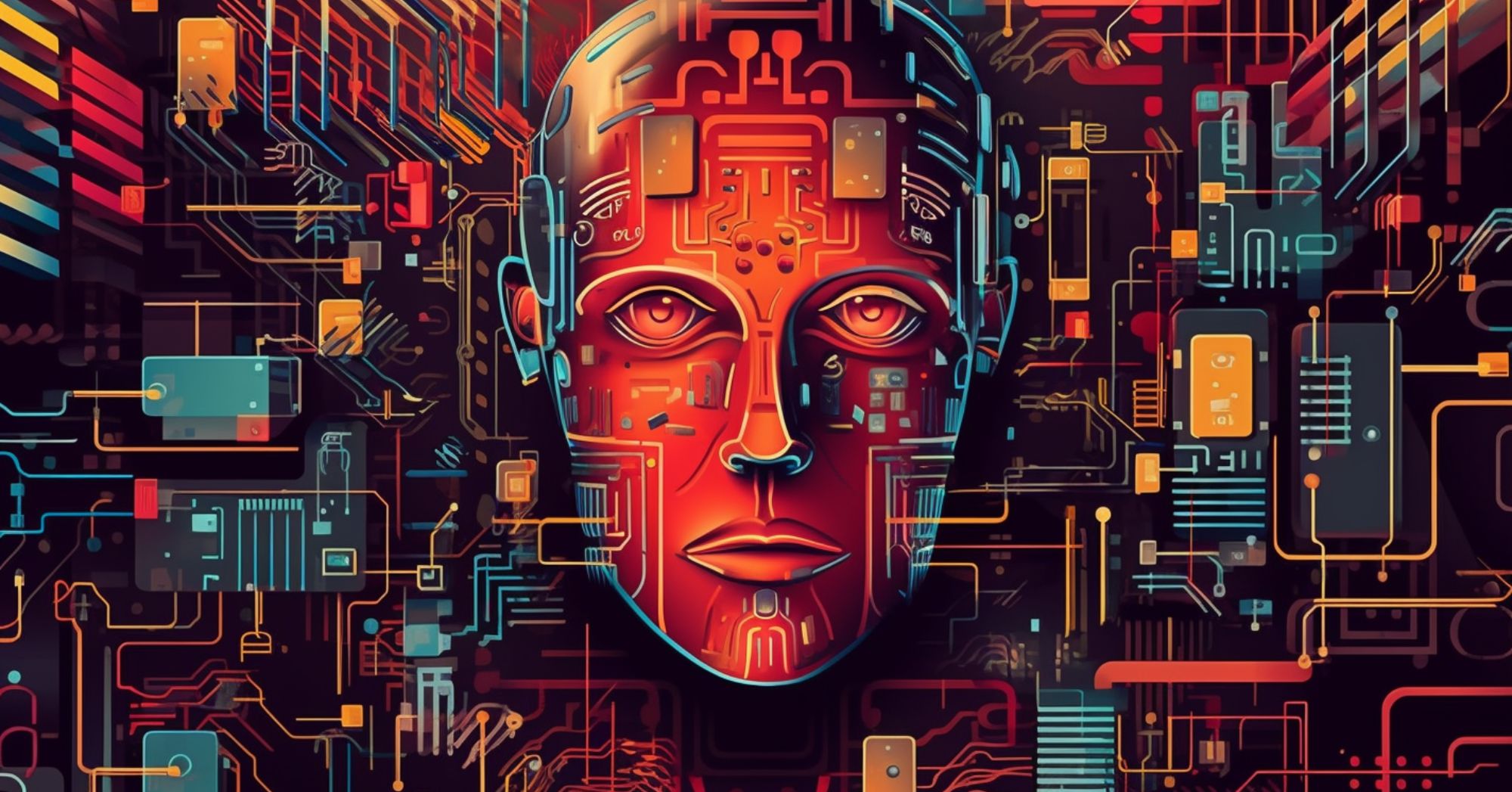What is Artificial Intelligence?
Artificial Intelligence (AI) is a technology that possesses human-like abilities such as learning, decision-making, speech recognition, or facial recognition. AI is capable of performing tasks that are similar to those performed by humans.
Deep Learning vs. Machine Learning

Deep Learning and Machine Learning are subfields of artificial intelligence, with Deep Learning being a subset of Machine Learning.
Machine Learning
Machine Learning is a type of artificial intelligence that learns from experience and makes predictions or decisions. By using training data, it can recognize specific patterns or relationships.
An example of Machine Learning is spam detection in emails. If an algorithm is provided with a large set of emails as training data and taught which emails are spam and which are not, it will be able to recognize and automatically mark future emails as spam. Machine Learning can be used for tasks such as image recognition, speech recognition, text analysis, and predictive analytics.
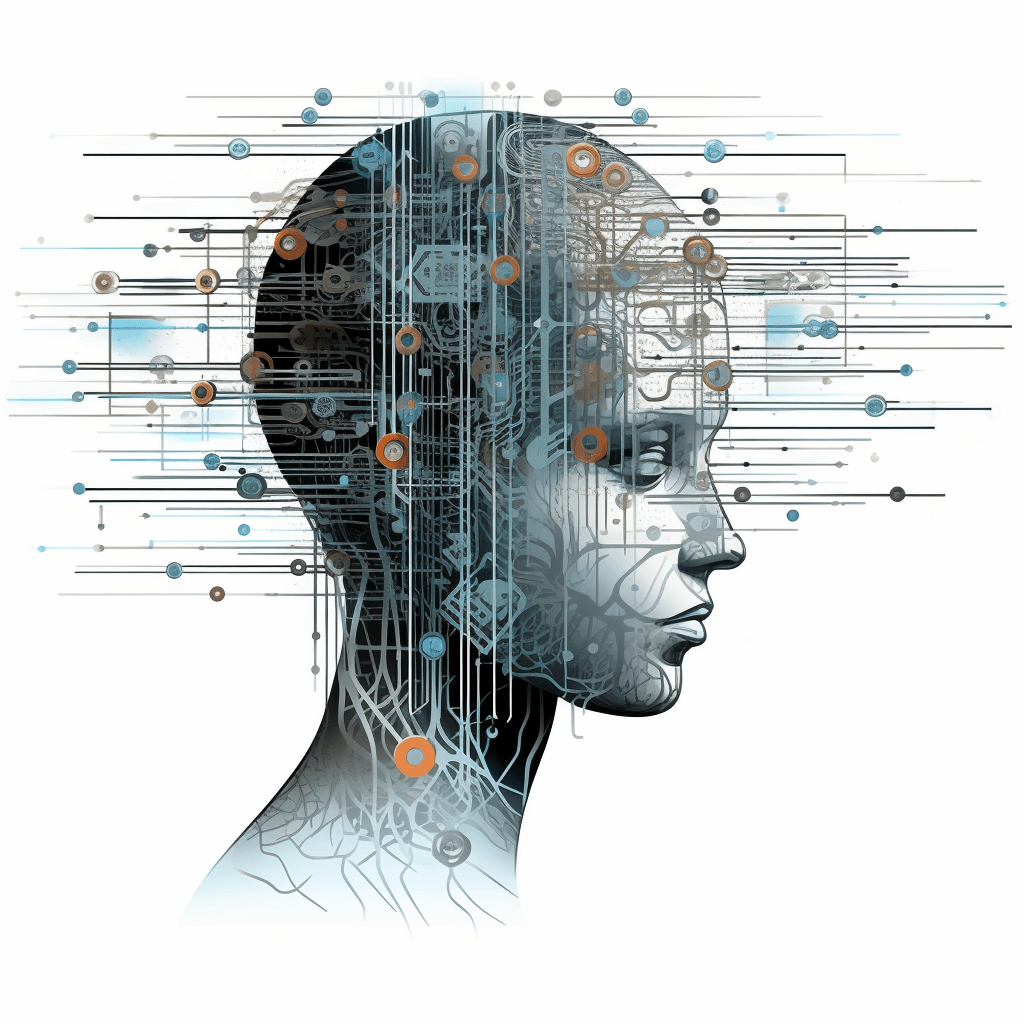
Machine Learning is a type of artificial intelligence that learns from experience and makes predictions or decisions. By using training data, it can recognize specific patterns or relationships.
An example of Machine Learning is spam detection in emails. If an algorithm is provided with a large set of emails as training data and taught which emails are spam and which are not, it will be able to recognize and automatically mark future emails as spam. Machine Learning can be used for tasks such as image recognition, speech recognition, text analysis, and predictive analytics.
In Machine Learning, the distinction between supervised and unsupervised learning is relevant: Supervised and unsupervised learning are two different approaches to Machine Learning, each with its own advantages and applications. The choice of the right approach depends on the nature of the problem, the available data, and the specific goals of the project. Often, both approaches are combined to solve complex tasks and gain extensive insights from the data.
In supervised learning, a model is trained with labeled data, where each data example contains an input and the corresponding expected output. The model learns to create a mapping from the input variables to the output variables based on the available examples. This approach is well-suited for problems such as classification or regression, where the target variable is known.
In contrast, unsupervised learning does not involve labeled training data. Instead, the model is trained with unlabeled data to discover patterns or structures in the data without predicting a specific output. The goal is to find hidden relationships or groupings in the data to enable insights or categorizations.
Deep Learning
Deep Learning uses neural networks to recognize complex patterns and relationships in data. It is a specialized form of Machine Learning based on large datasets and complex algorithms.
An example of Deep Learning is image recognition. If we provide a Deep Learning algorithm with a large number of images of dogs and cats, it will be able to categorize future images automatically as either a dog or a cat. The more training data used, the better the model becomes.

Weak AI vs. Strong AI
There are two types of AI: weak AI and strong AI.
Weak AI
Weak AI is specialized in a specific task or problem. This type of AI is limited to a narrow range of tasks for which it has been programmed.
An example of weak AI is facial recognition. AI systems can recognize and identify faces in photos and videos, but they lack general intelligence or the ability to understand context. They cannot recognize the emotions of a person or understand what is happening in the image.
More Knowledge For Chatbots And Voice Assistants
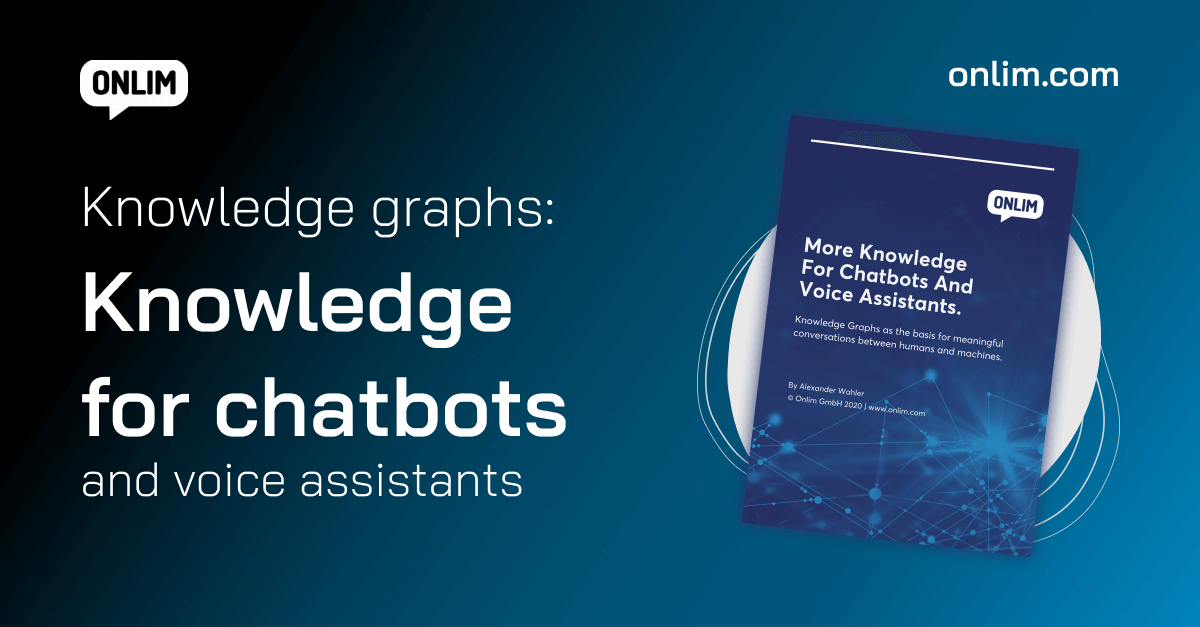
Strong AI
Strong AI is the form of artificial intelligence that possesses universal intelligence. Strong AI can not only perform a single task but has various capabilities similar to human intelligence. This means that strong AI should be able to solve a wide range of tasks and problems, ranging from speech recognition and image processing to abstract concepts such as creativity and ethics.
Applications of AI
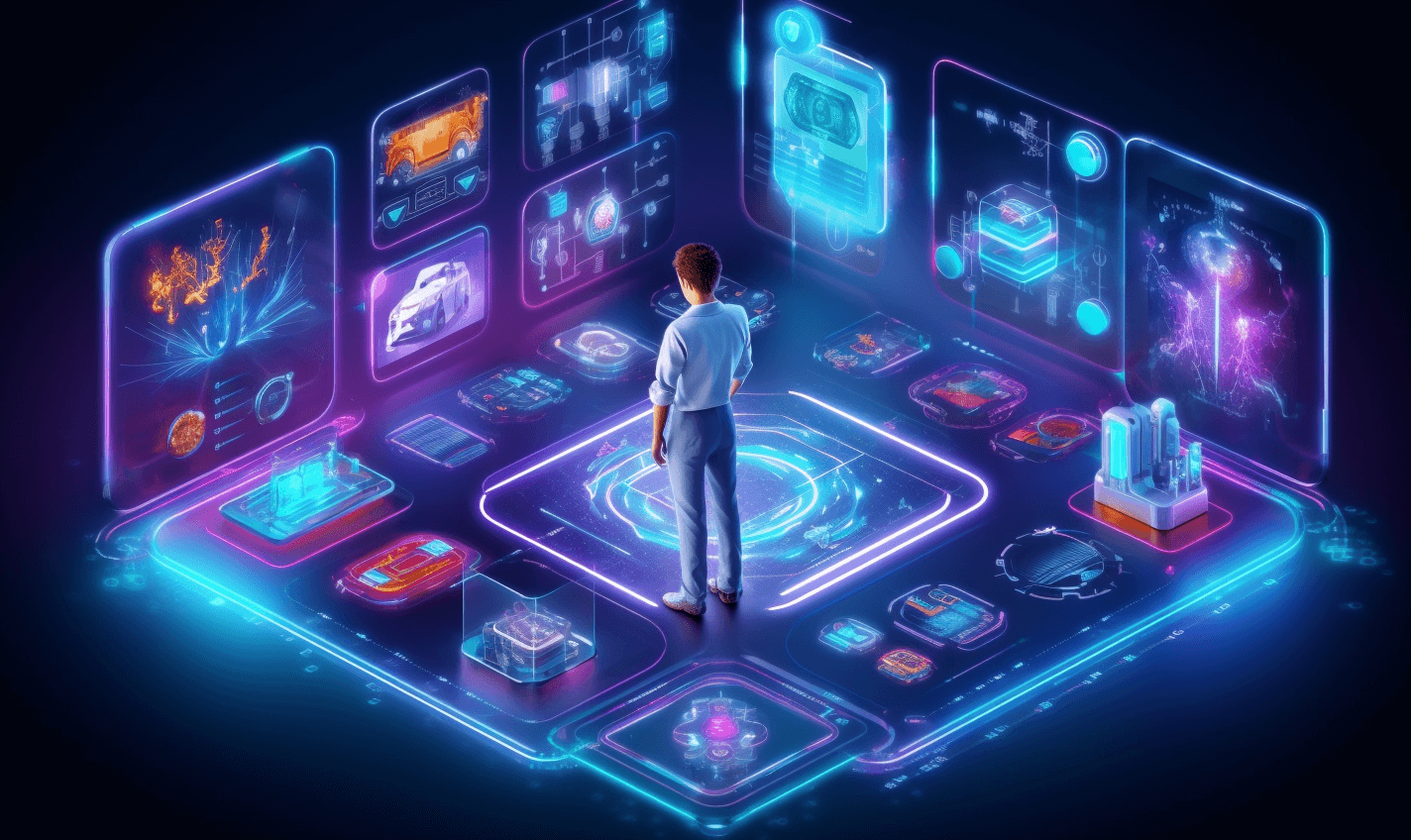
From healthcare to the automotive industry, there are countless applications of AI that are already being realized or can be further expanded in the future.
Here are some examples of AI applications:
1. Healthcare: One of the key applications of AI in healthcare is diagnosis. AI systems can automatically generate diagnoses and suggest treatments based on images, scans, and other medical data. They can also assist in detecting anomalies or deviations from normal patterns, thereby improving the accuracy of diagnoses.

2. Automotive industry: In the automotive industry, AI is used to develop autonomous vehicles. These vehicles can make decisions based on sensors and other data sources that are tailored to the environment and traffic situation. This increases road safety and improves driving comfort.

3. Finance: AI is used in finance to predict market trends and evaluate investment options. This helps financial institutions and investors make informed decisions and minimize investment risks.

4. Marketing: In marketing, AI is used, for example, to analyze customer behavior and make personalized recommendations. Based on data such as purchase behavior, preferences, and interests, AI systems can create tailored advertising campaigns that attract customers and lead to purchasing decisions.
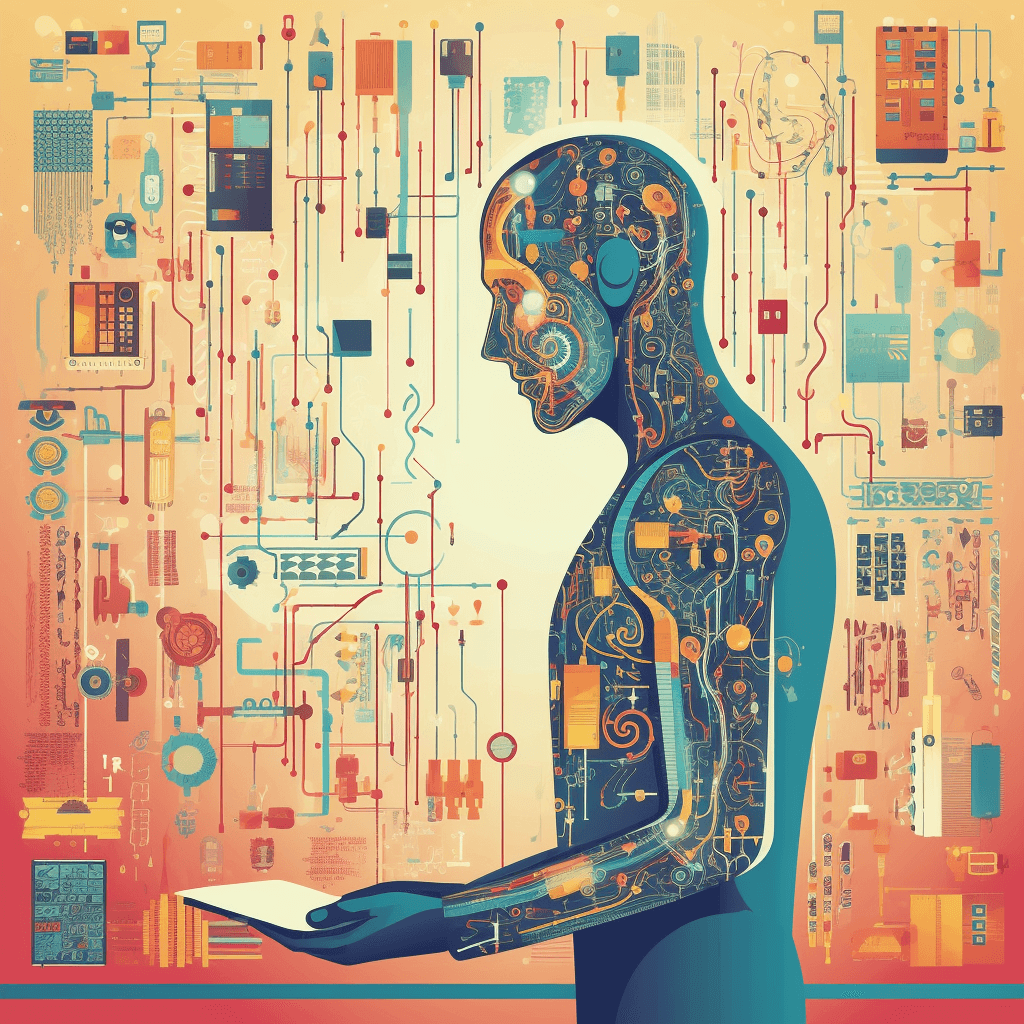
5. Education: AI systems can be used in education to create personalized learning programs for students. By analyzing data such as learning speed and progress, AI systems can create individualized learning plans that cater to the specific needs and abilities of students.
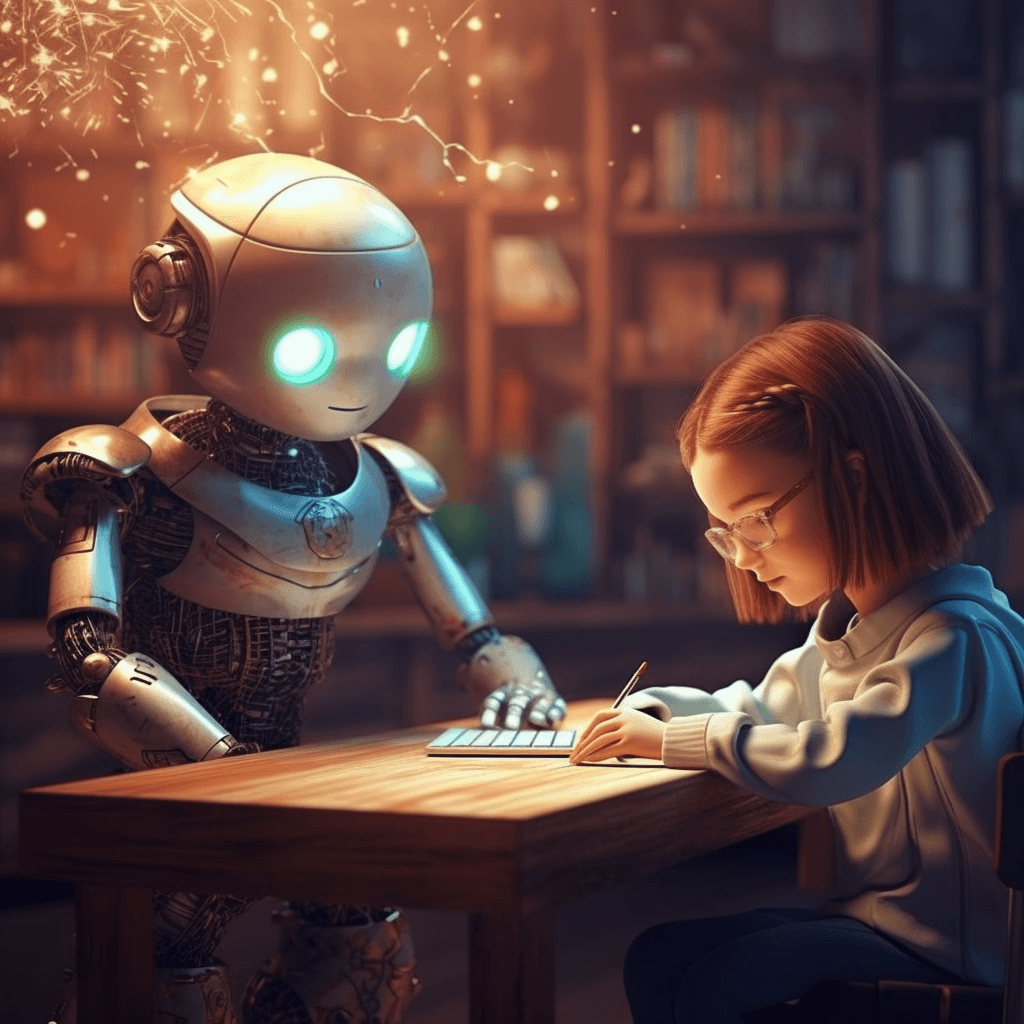
6. Manufacturing: In the manufacturing industry, AI can be used to monitor and optimize production processes. By analyzing data, AI systems can identify bottlenecks and increase production efficiency by aligning manufacturing with customer needs.
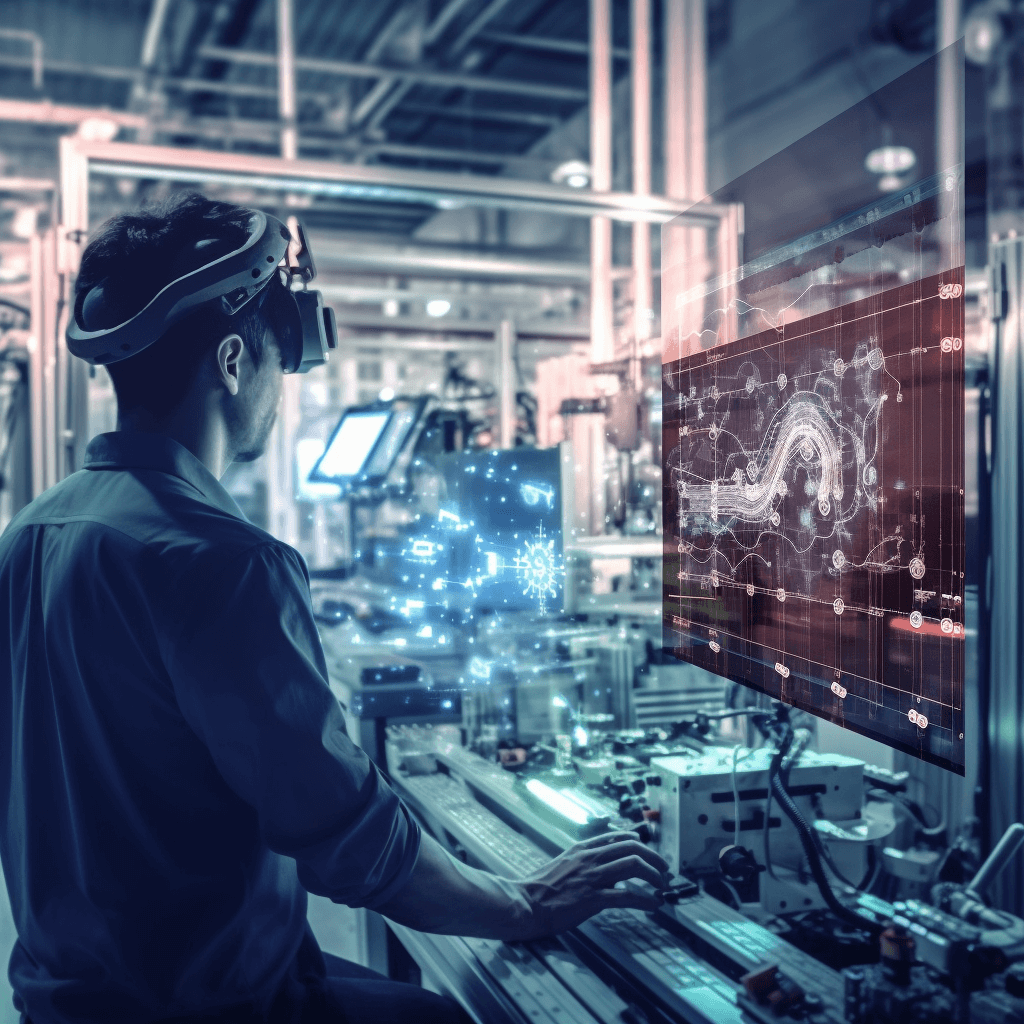
7. Logistics: In logistics, AI can be used to optimize transportation and delivery processes. AI systems can plan routes, optimize delivery times, and predict bottlenecks and delays to improve operations.

These are just a few examples of the many applications of AI. The technology has the potential to revolutionize many other industries and areas, creating new opportunities for businesses and consumers.
Conclusion
In conclusion, artificial intelligence (AI) is a technology that can perform human-like tasks and make decisions. AI has the potential to solve many problems and create new possibilities in various industries and domains. However, there are also concerns regarding the ethical implications of AI, such as its impact on jobs and society as a whole.
Retrieval Augmented Generation (RAG)
July 10th, 2024|
Is a voicebot right for my company?
June 18th, 2024|
What is Generative AI?
June 11th, 2024|
